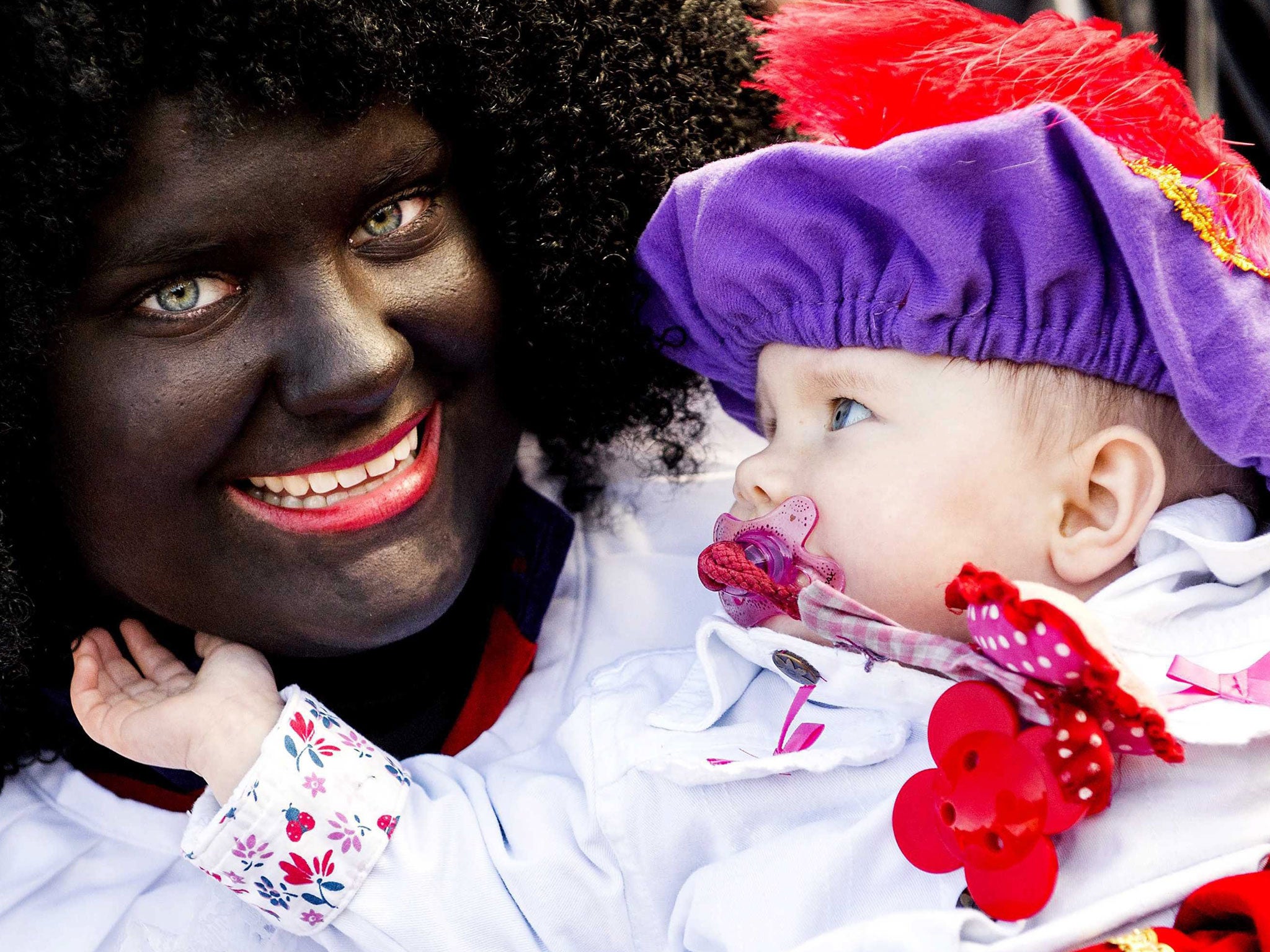Tensions mount in the Netherlands as UN questions ‘Black Pete’ Christmas tradition
Dutch defend Christmas customs condemned as racist

It emerged last week that a UN working group is investigating the Dutch custom of white people dressing up as ‘Zwarte Piet’ (Black Pete) as part of their traditional Christmas festivities. The leader of the UN group, the Jamaican academic Verene Shepherd, has spoken out against the practice on Dutch national television, condemning it as ‘a throw-back to slavery’.
The figure of ‘Zwarte Piet’ is an integral part of the Dutch Christmas tradition. In the Netherlands, children receive gifts on the fifth of December from ‘Sinterklaas’, a version of Saint Nicholas, along with his black slave helpers. These were originally portrayed as scary figures that would beat naughty children with a bunch of twigs and take them away in a sack to Saint Nicholas’ fictional home in Spain. Today they are mainly characterised as the clown, acrobat, joker and entertainer. Although the custom is clearly linked to slavery and colonial times, most children are currently told that Black Pete gets his colour from the soot in the chimneys when he delivers their presents.
A few weeks before the culmination of festivities on the fifth, Sinterklaas and his ‘helpers’ arrive by boat and are greeted by the local children in large-scale events that are staged across the country. The largest event takes place in Amsterdam and is broadcast on national television. Both professional ‘Pieten’ and many volunteers paint their faces black, their lips red and don curly black wigs and gold earrings. It is also customary for the children watching the event to do the same. They greet the procession of Sinterklaas and the Pieten by singing traditional songs, lyrics of which include: ‘Even though I’m black as soot, I mean well’.

This tradition has sparked many debates in recent years, but it has come to a head in the last week as it came to light that a UN working group is researching the matter. Alerted to the issues by campaigners who felt they were being ignored by Dutch authorities, the UN group sent a letter to the Dutch government last January, expressing concern that ‘The character and image of Black Pete perpetuate a stereotyped image of African people and people of African descent as second-class citizens, fostering an underlying sense of inferiority within Dutch society and stirring racial differences as well as racism.’
They also informed the Netherlands that the proposal to include the Sinterklaas tradition in the UNESCO list of Immaterial Cultural Heritage cannot be pursued if it is found to infringe on human rights.
The Netherlands responded in writing in July. They deny requesting inclusion on the UNESCO list and state that they are aware ‘that ‘Black Pete’ is considered by some to be offensive’. They emphasise the country’s commitment to combating racism and discrimination, and argue that the Sinterklaas festival is a children’s festival, without going into further detail.
The white actor Erik van Muiswinkel, who has played the head Pete in the televised event since 1998, spoke out earlier this year saying Pete could be ‘less black and less of a servant’. However, although there has been a demonstration in Amsterdam against the current customs, the overwhelming majority in the Netherlands seems to be in favour of upholding tradition, and maintains that Black Pete is not a racist phenomenon.
On Saturday hundreds of people demonstrated in The Hague and Nijmegen to ‘keep Black Pete black’. In Nijmegen an attempt was made to break the record number of Zwarte Pieten pictured in one photograph.
There is also a Facebook petition, or ‘Pietitie’, which gained a million likes in one day and now boasts 2.1 million supporters. This means that around one in three Dutch Facebook users would like to keep the Petes’ image intact. In contrast, the page for those in favour of changing the look of the Petes, entitled ‘Zwarte Piet is disciminatie’, has 11,980 likes.
Out of 200 councils questioned by the Dutch broadcaster NOS, none is planning to change the staging of Sinterklaas’ arrival in their town. Two of those 200 stated that they may consider implementing changes during next year’s festivities.
The Dutch Prime Minister Mark Rutte responded to the current unrest surrounding the topic by saying: ‘Black Pete, that already says it, he’s black. We can’t change much about that.’ In an interview with the Dutch television programme Een Vandaag last week, Shepherd called this ‘a curious response’. She also commented that 'The working group cannot understand why it is that people in the Netherlands cannot see that this is a throw-back to slavery, and that in the 21st century, this practice should stop.'
Shepherd has been criticised for voicing her personal opinion, in her words, ‘as a black person’, before a full investigation has taken place. Marc Jacobs, member of the UNESCO commission in Flanders, an area which shares the Sinterklaas tradition, has pointed out that the UN working group led by Shepherd consists of volunteers operating on their own initiative. This practice is a common one within UN procedure, and in their blog the UN has called for respect for these unpaid experts. Jacobs accuses the working group of abusing the UNESCO convention 'to get their own agenda in the media'.
The results of the research conducted by Shepherd's group are due to be handed over to the Human Rights Council next September. In the meantime, people in the Netherlands prepare to celebrate Sinterklaas as usual this year.
Join our commenting forum
Join thought-provoking conversations, follow other Independent readers and see their replies
Comments